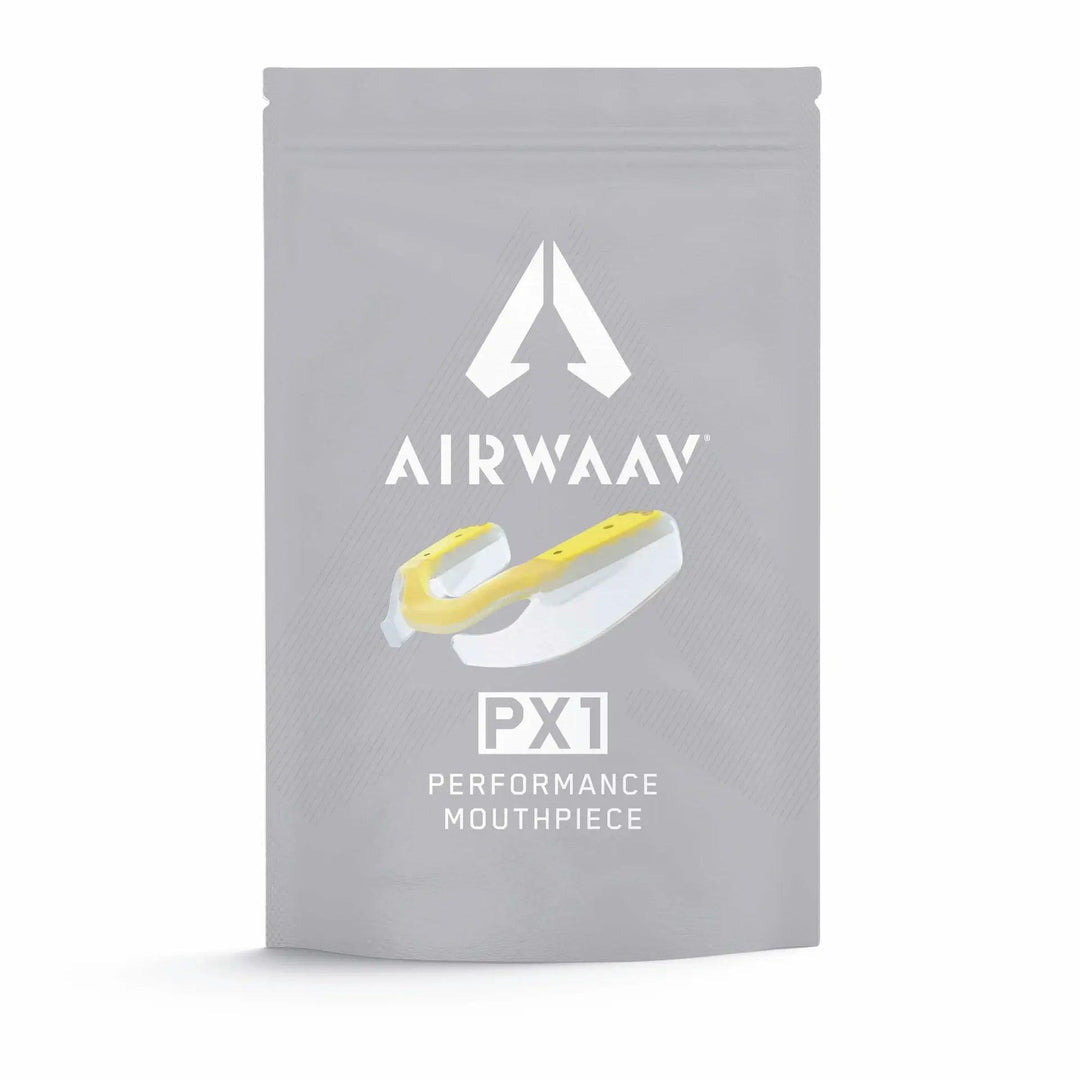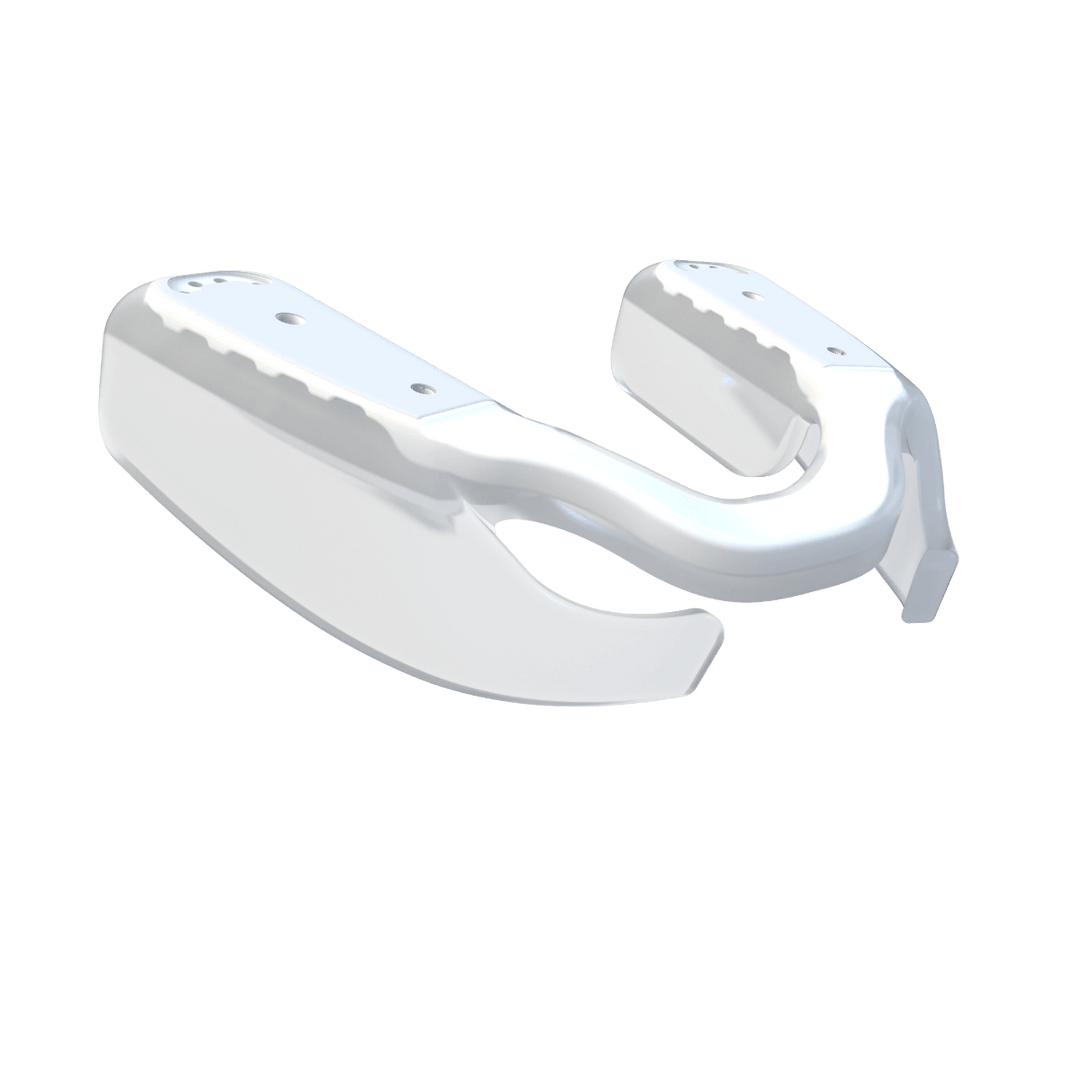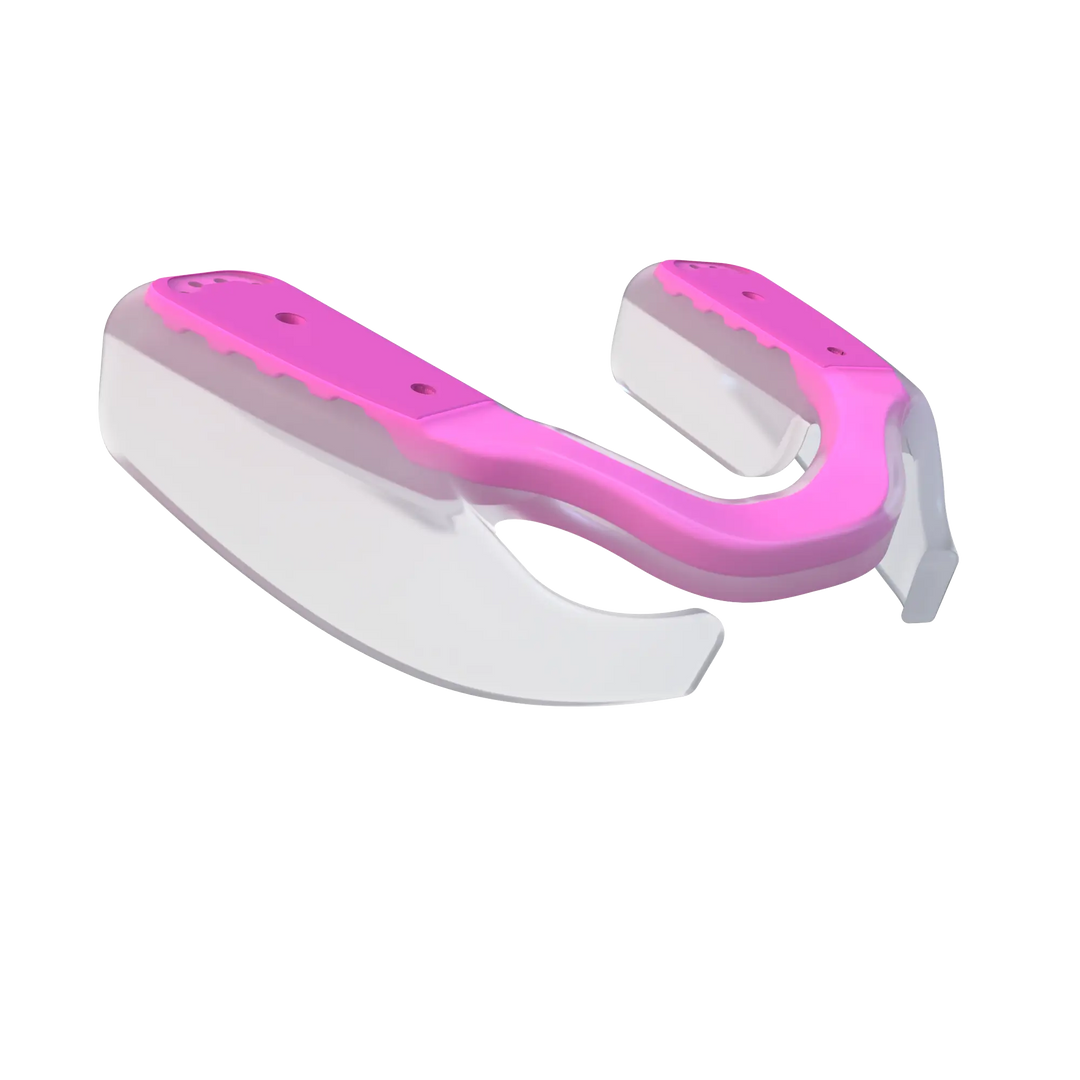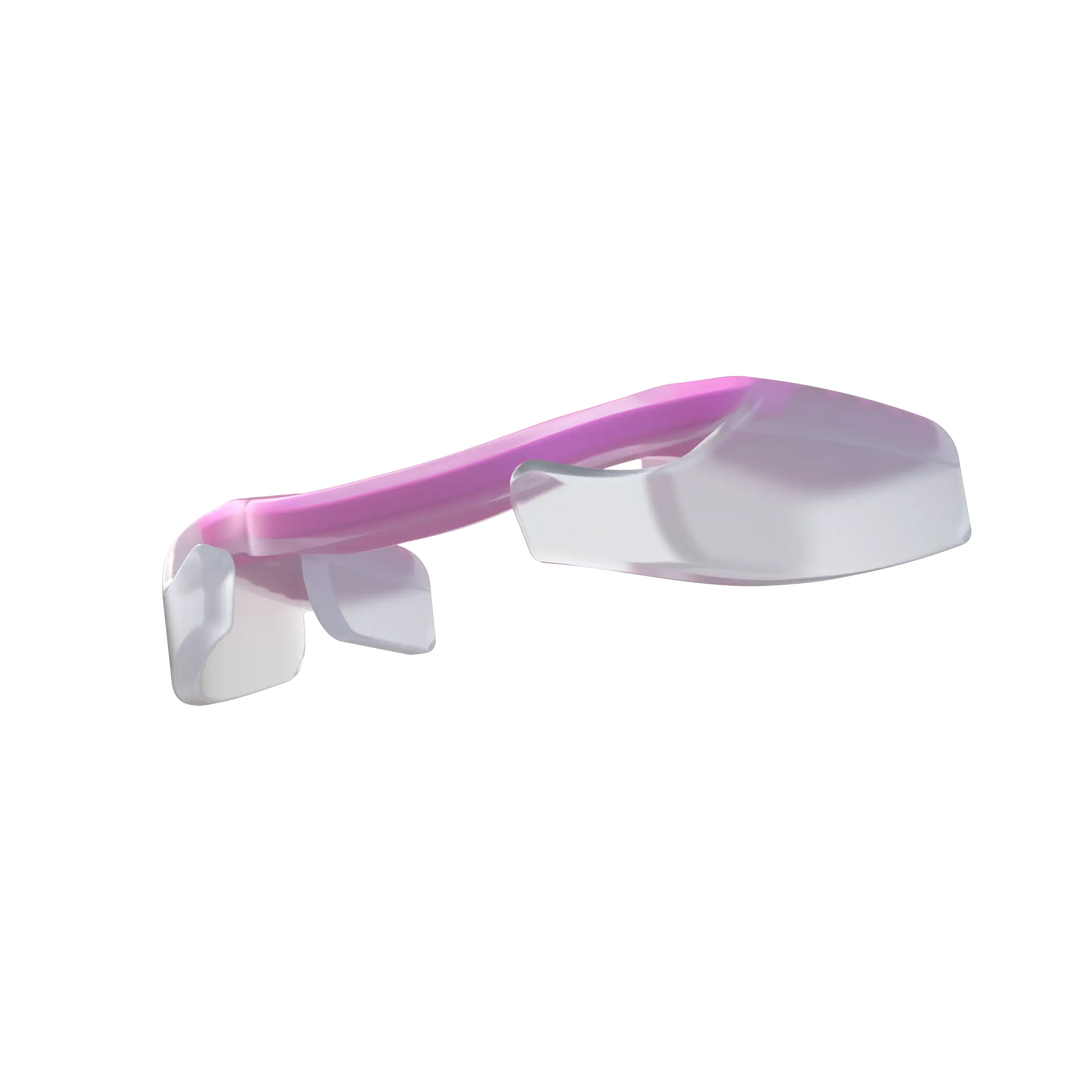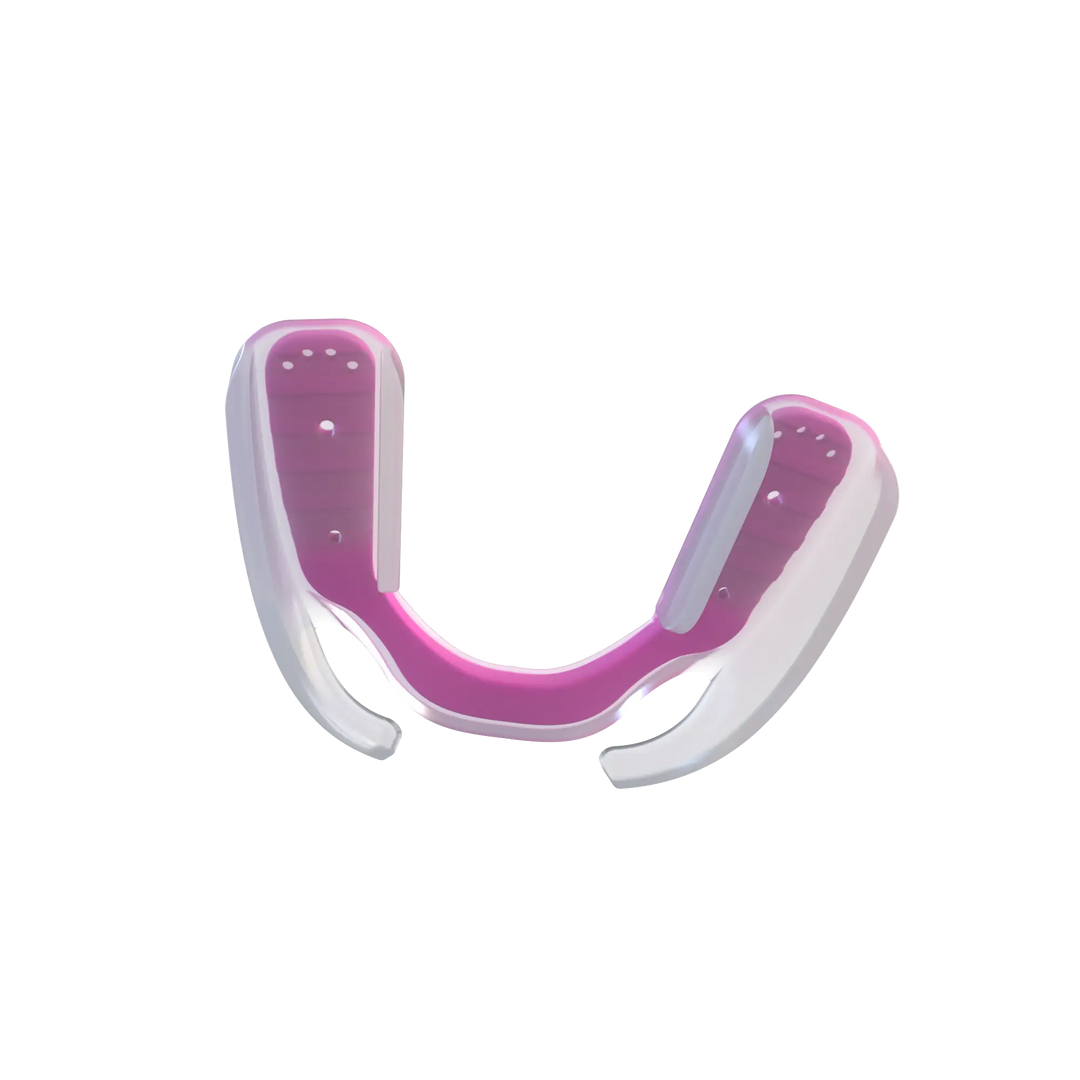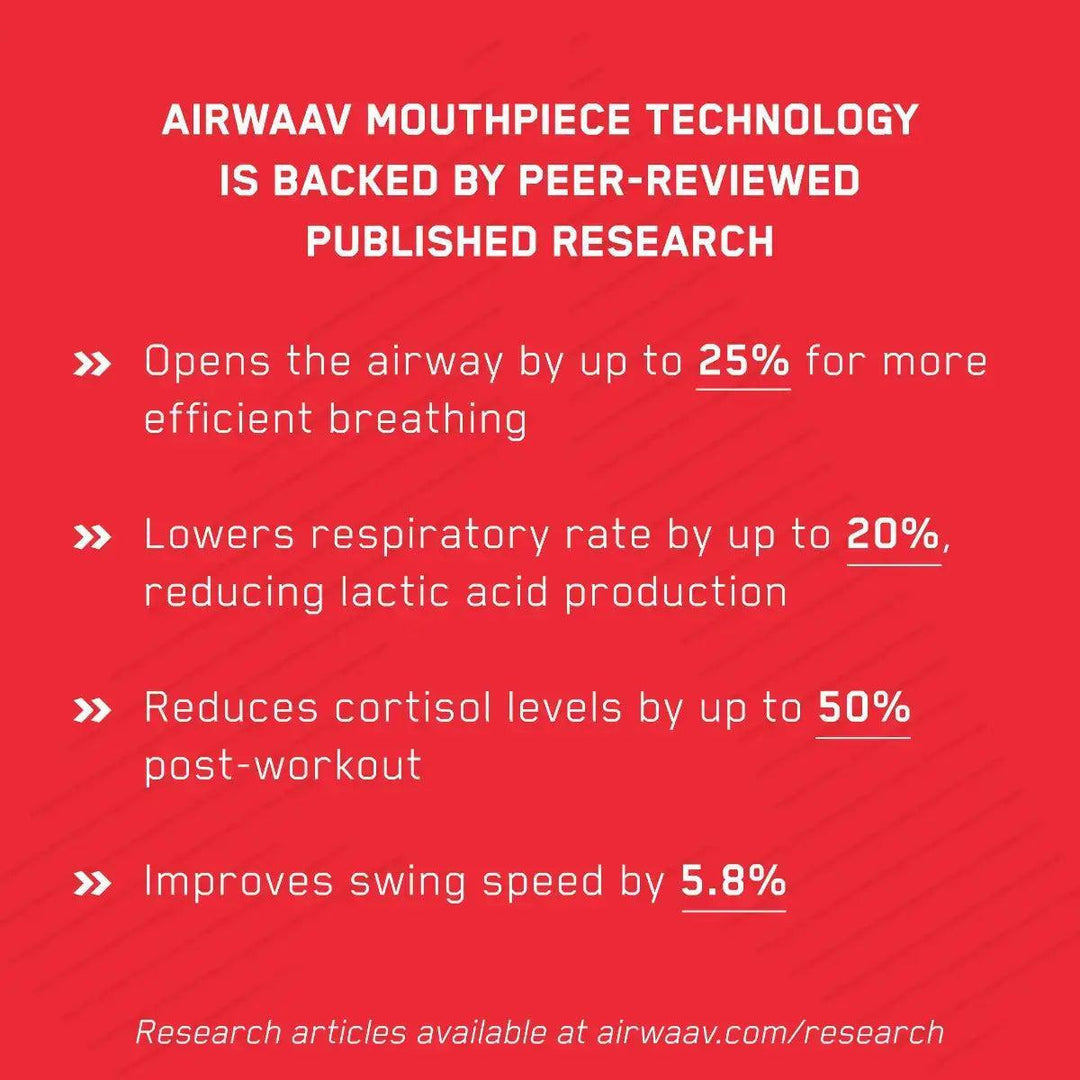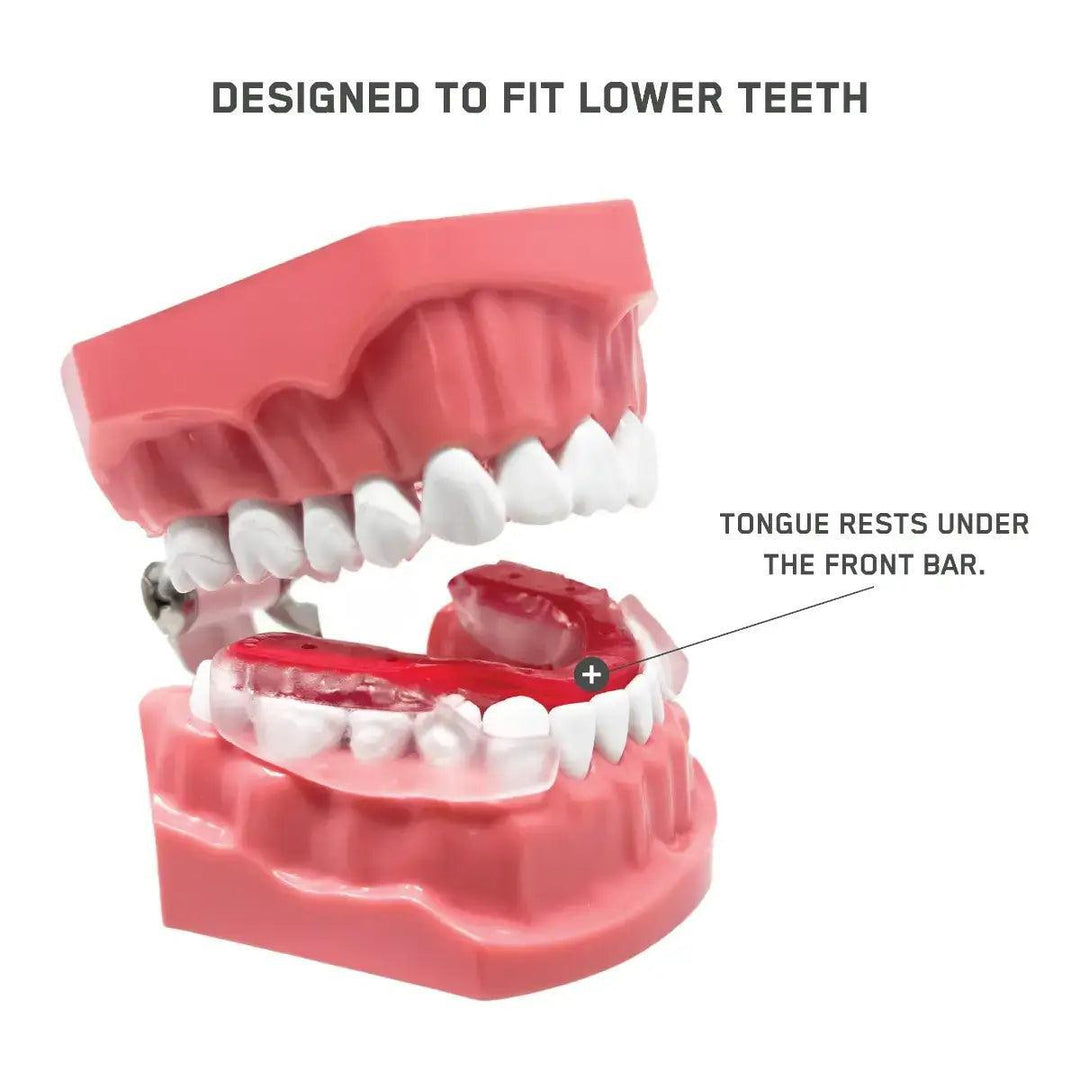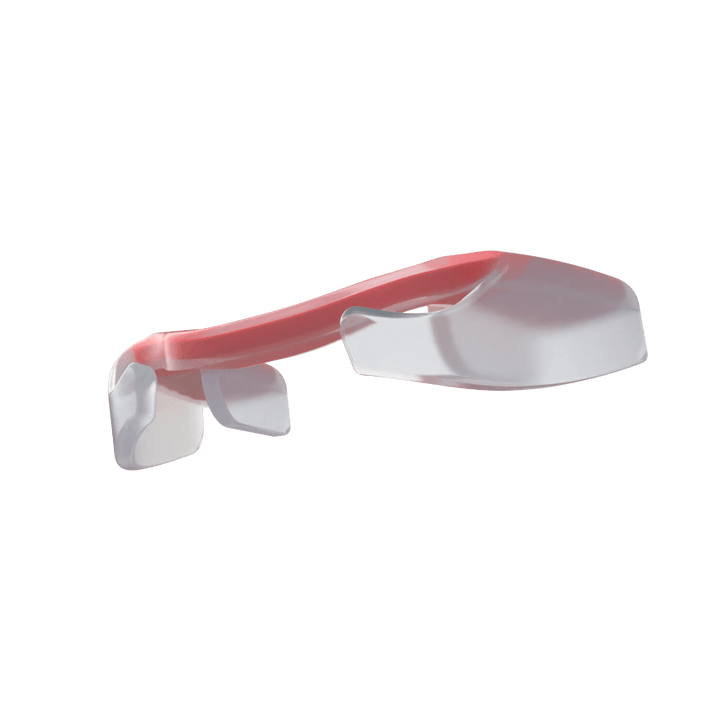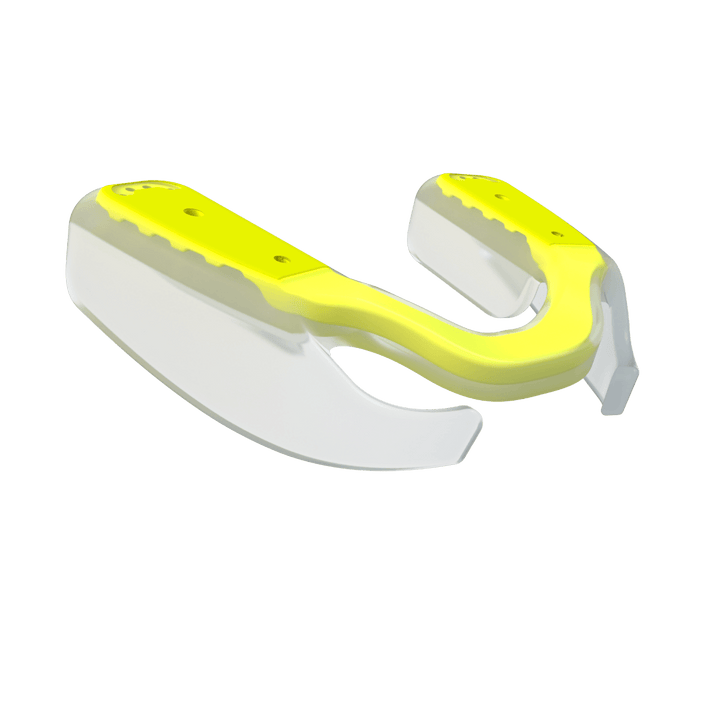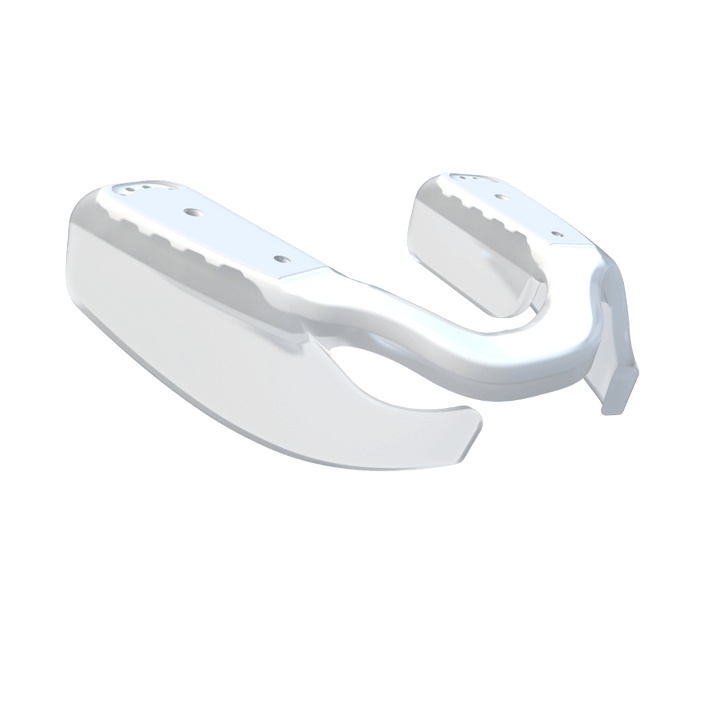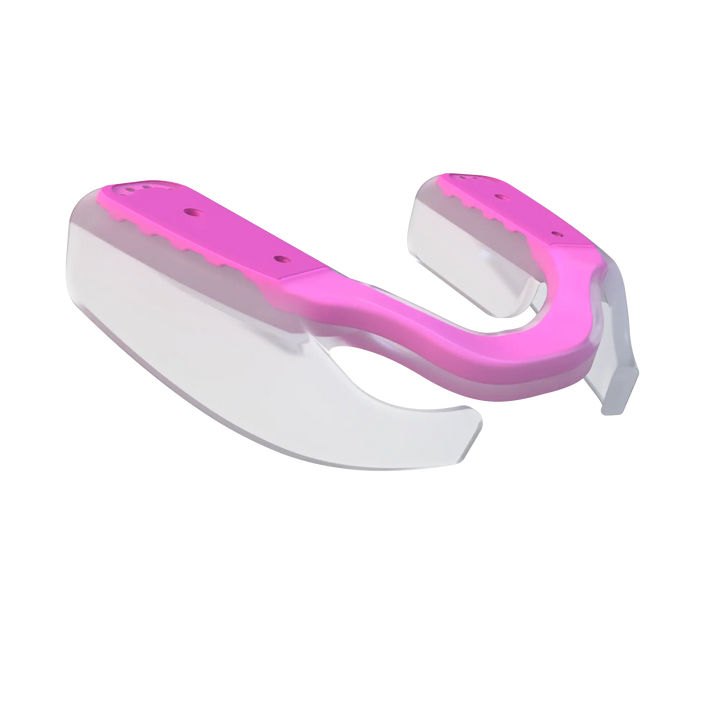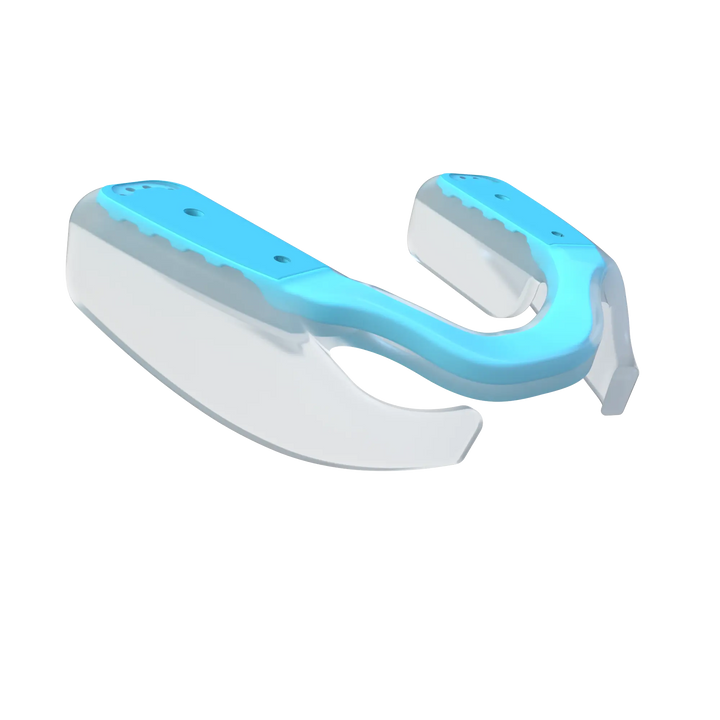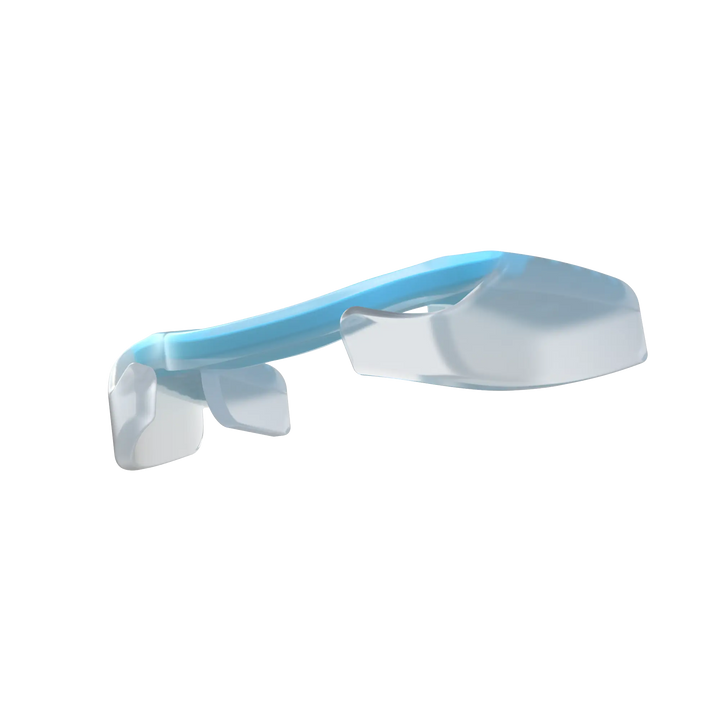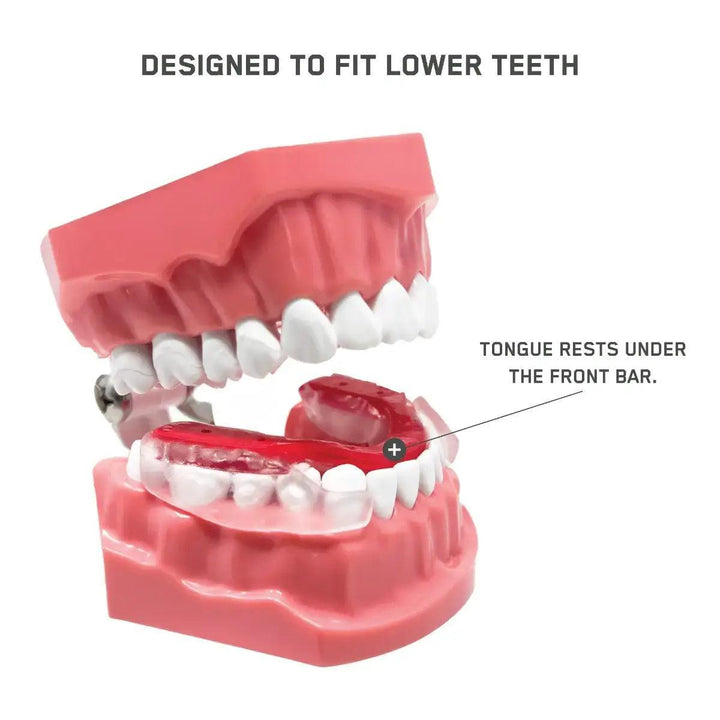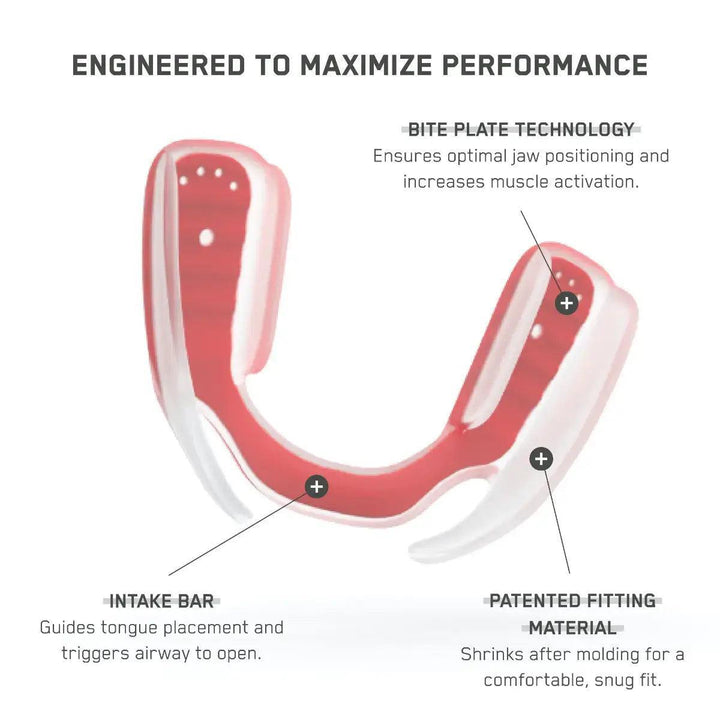How AIRWAAV Boosts Bat Speed and Performance through CAP // OTA Ep. 21
At AIRWAAV, we are always looking for ways to help athletes enhance their performance. One area where significant improvements have been observed is in the use of our performance mouthpiece to boost bat speed in baseball and softball. Charles Allen, PhD, CSCSD, TSAC-FD, CPSS, Associate Professor of Exercise Science at Florida Southern College, recently conducted a study that sheds light on the fascinating connection between jaw clenching, using AIRWAAV, and increased bat velocity.
In our latest podcast episode, Charles Allen breaks down the science behind how the AIRWAAV mouthpiece can provide athletes with a competitive edge by leveraging CAP (Concurrent Activation Potentiation). Let’s dive into some key takeaways from the study and learn more about how the AIRWAAV mouthpiece plays a pivotal role in enhancing performance.
The Study: Testing Bat Speed in Baseball and Softball
Charles Allen and his team focused on baseball and softball athletes, investigating four conditions: jaw clenching, jaw relaxed, mouthpiece without clenching, and mouthpiece with clenching. They discovered that clenching the jaw led to an increase in bat swing velocity by approximately three miles per hour compared to non-clenching. However, the real advantage came when athletes clenched with the AIRWAAV mouthpiece, which resulted in an extra mile per hour boost, leading to nearly a 6% improvement in bat speed.
“Statistically, clenching with the mouthpiece was not different than clenching alone, but it was greater in terms of the actual average velocity of the group,” Allen explained. “It seems like having something to clench against, as opposed to just your teeth, adds a little extra benefit.”
What Drives the Improvement?
One of the most intriguing aspects of this phenomenon is that while the effects of CAP are clear, the exact mechanisms behind it are not fully understood. CAP occurs when remote muscles (muscles not directly involved in the primary movement) are activated, enhancing overall muscle performance. In this case, biting down on the mouthpiece facilitates CAP, leading to improved bat speed.
Allen suggests that having the AIRWAAV mouthpiece helps athletes clench harder, which could explain the boost. “For people with sensitive teeth, generating force is difficult when biting down without something in between. The AIRWAAV mouthpiece facilitates that clenching, allowing for greater activation of remote muscles, which plays into the benefits of CAP.”
Another theory Allen mentioned is that the mouthpiece could aid in optimizing jaw alignment. Poor jaw alignment can lead to a host of issues such as dizziness, headaches, and more, so it’s possible that an aligned jaw position contributes to improved performance.
Real-World Athlete Feedback
Although wearing a mouthpiece is not common in baseball or softball, the athletes in Allen’s study reported no discomfort during the experiment. They were given time to wear the mouthpiece during practices to get accustomed to it, and most participants noticed improvements in their swing. Out of 14 athletes, 12 or 13 experienced benefits from clenching with the AIRWAAV mouthpiece, reinforcing the idea that CAP works for the majority of athletes.
“Some athletes were initially skeptical because they weren't natural 'clenchers,' but the numbers don’t lie," Allen noted. "Even those who weren't used to clenching saw a performance boost.”
Broader Implications of CAP Beyond Bat Speed
While Allen’s study focused on bat speed, the principles of CAP are applicable to many other sports. Sports involving explosive movements, such as tennis, golf, and even powerlifting, can benefit from the strategy of timed clenching. In fact, many powerlifters already use protective mouthguards because of how hard they clench during lifts.
In weightlifting, Allen also pointed out that some Olympic lifters naturally open their jaws before lifts, activating jaw muscles and reaping the benefits of CAP without even realizing it. “Whether it's clenching or opening the jaw, activating these remote muscles provides a performance advantage,” said Allen.
He added that while timed clenching helps with single-effort activities like a bat swing, jump, or throw, the question of whether CAP benefits cyclical movements like running remains open. “There's potential, but we haven’t seen evidence for that yet.”
The Future of CAP Research: Training Studies
Looking ahead, Allen sees a promising future for CAP research, particularly in long-term training studies. “The next step would be to investigate the cumulative effects of CAP over weeks or months,” he said. “If clenching during every rep leads to small improvements, could those gains add up to a significant difference over time?”
Advice for Athletes and Coaches: Test, Measure, and See the Benefits
For athletes and coaches interested in trying CAP and the AIRWAAV mouthpiece, Dr. Allen’s advice is simple: Test it and measure your results. Many athletes today can easily track their swing speed using smartphone apps or attachable devices that measure bat velocity. By testing their performance with and without the AIRWAAV mouthpiece, athletes can see for themselves whether it provides a measurable improvement.
As Dr. Allen emphasized, “If on average you're performing better with the AIRWAAV, why not take advantage of that?”
For athletes looking for any competitive edge, even a small performance boost can make a big difference. The AIRWAAV mouthpiece offers a simple, scientifically backed way to enhance performance during high-force, explosive movements.







